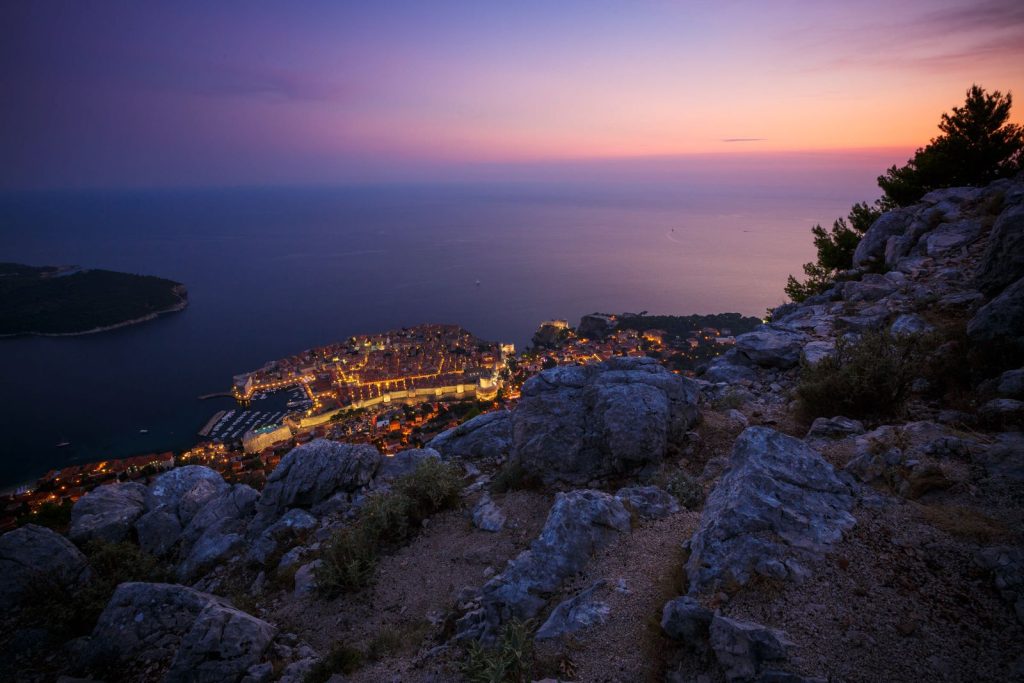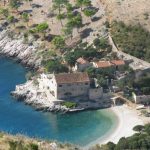Veljko Ostojic, the director of the Croatian Tourism Association, sat down to discuss the numbers in southern Croatia, the home of the country’s tourist Mecca – Dubrovnik, as well as other popular Dalmatian locations that usually have no issues when it comes to pulling in tourists en masse.
The ongoing coronavirus pandemic has been wreaking havoc with global tourism and Croatia, which relies heavily on the tourism industry which makes up as much as 20 percent of its GDP is far from immune to the extremely negative trends the pandemic has and continues to cause.
When looking at the numbers of foreign tourists who visited the country this time last year compared to now, there is a lot of reason to be concerned, especially as Croatia’s cases of infection with the new coronavirus continue to rise. At the minute, this is among the only upward trends expected.
As Poslovni Dnevnik writes on the 4th of July, 2020, the director of the Croatian Tourism Association, Veljko Ostojic, as a guest on New Day/Novi Dan, said that given the expectations and fears that preceded the Croatian tourist season, he was not entirely dissatisfied. Most of Croatia’s current guests are staying in the northern Adriatic, and the least of all are in the extreme south of Croatia, according to N1.
“The situation is different in different parts of the Adriatic. In the north, we’re at about 40 percent, in the central Adriatic we’re between 20-25, and in the south, we’re at 10 or less percent when compared to the same day last year. Happy booking balances for July and August… If nothing radical happens, I hope that the numbers will grow by the end of the season,” stated Veljko Ostojic.
Veljko Ostojic also noted that there have been 1,720,000 arrivals of foreign tourists to the Republic of Croatia to date, adding that no tourists have been infected with the new coronavirus when staying in commercial accommodation. “We have had several cases of foreigners being infected, but none of them have been infected in Croatia, as far as we know,” he added.
He pointed out that the situation on the coast is much better than in all countries that have introduced difficult regimes for crossing borders, ie the return of their citizens.
Veljko Ostojic said that prices are defined by each service provider for themselves and are the result of supply and demand. “There are also cases in the north where prices have dropped. Prices to the south are still generally lower, but I can’t say that it’s something linear and general,”
Family/private accommodation is especially at risk…
Family accommodation is the most affected accommodation category.
”We have over 600,000 beds… A large number of beds will certainly result in reduced demand,” he said. Even in a crisis situation, quality is a priority, so there are more guests in higher category camps.
When asked how Slovenia’s decision to make crossing the Slovenian-Croatian border makes it more difficult for Croatia, he said: “Slovenia’s decision is reflected in the bookings,” adding that the move was made primarily as a result of the recent situation in Zadar.
For more on travel to, from and within Croatia in the coronavirus era, follow our travel page.










